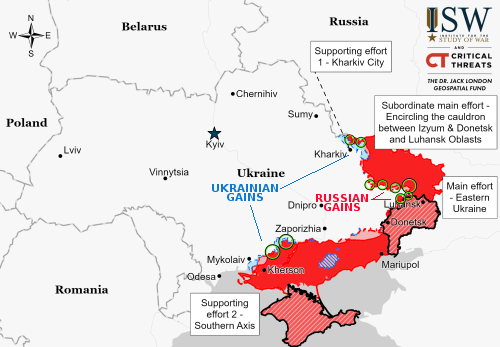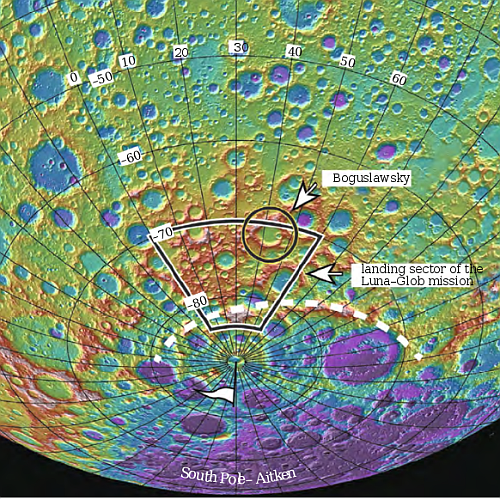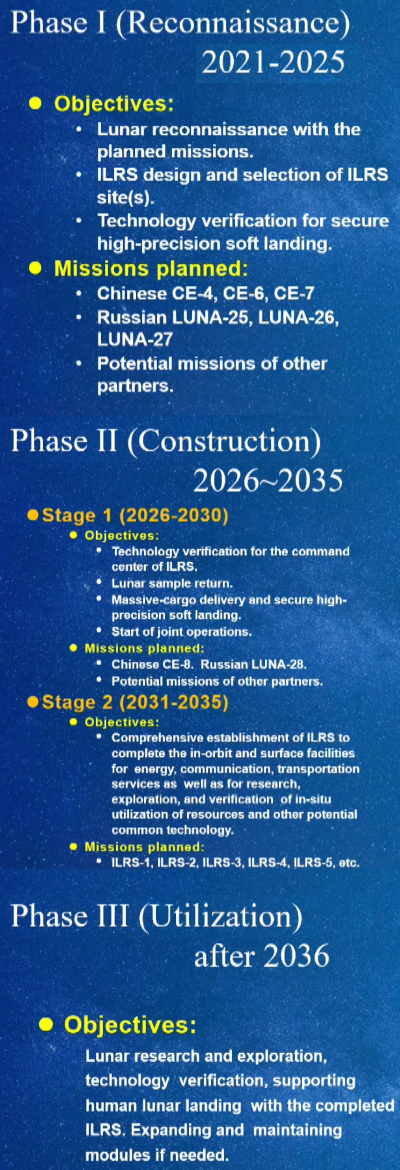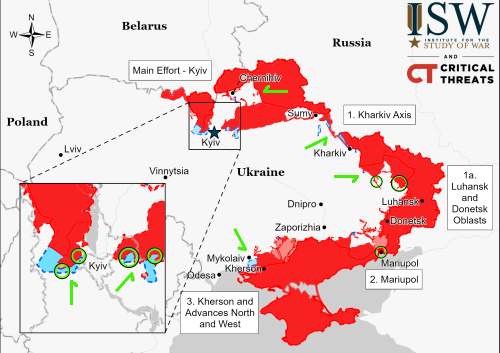Cygnus freighter fires engine, adjusts ISS orbit for first time
For the first time the engines on a Cygnus capsule were used successfully yesterday to adjust the orbit of the International Space Station (ISS).
On Saturday, June 25, Northrop Grumman’s Cygnus completed its first limited reboost of the International Space Station. Cygnus’ gimbaled delta velocity engine was used to adjust the space station’s orbit through a reboost of the altitude of the space station. The maneuver lasted 5 minutes, 1 second and raised the station’s altitude 1/10 of a mile at apogee and 5/10 of a mile at perigee. This Cygnus mission is the first to feature this enhanced capability as a standard service for NASA, following a test of the maneuver which was performed in 2018 during Cygnus’s ninth resupply mission.
NASA’s goal is to have this capability without relying on Russia’s Progress capsules, which up until now have been used to adjust the station’s orbit. It appears from yesterday’s test this this goal has now been met.
For the first time the engines on a Cygnus capsule were used successfully yesterday to adjust the orbit of the International Space Station (ISS).
On Saturday, June 25, Northrop Grumman’s Cygnus completed its first limited reboost of the International Space Station. Cygnus’ gimbaled delta velocity engine was used to adjust the space station’s orbit through a reboost of the altitude of the space station. The maneuver lasted 5 minutes, 1 second and raised the station’s altitude 1/10 of a mile at apogee and 5/10 of a mile at perigee. This Cygnus mission is the first to feature this enhanced capability as a standard service for NASA, following a test of the maneuver which was performed in 2018 during Cygnus’s ninth resupply mission.
NASA’s goal is to have this capability without relying on Russia’s Progress capsules, which up until now have been used to adjust the station’s orbit. It appears from yesterday’s test this this goal has now been met.







